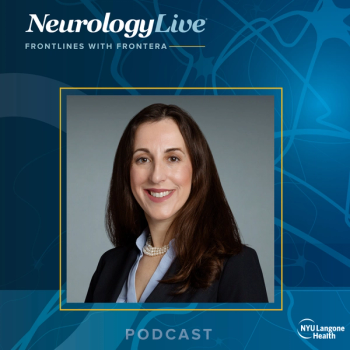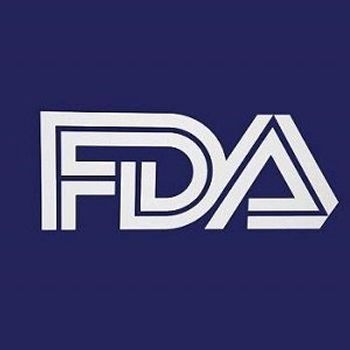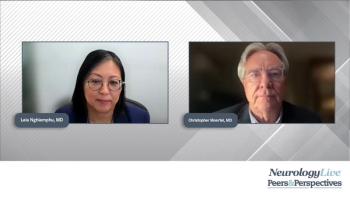
Promise and Challenges of Targeting PACAP to Treat Migraine: Michael Marmura, MD

The director of outpatient care at Jefferson Headache Center weighed in on the future of PACAP as a migraine target and previewed upcoming innovations at the 2025 AHS Annual Meeting. [WATCH TIME: 3 minutes]
WATCH TIME: 3 minutes
"PACAP may offer hope for patients who haven’t responded to other treatments—but we need larger studies to prove it’s safe and effective."
The migraine treatment landscape exploded several years ago with the emergence of calcitonin gene-related peptide (CGRP)-targeting therapies, the first class of agents that directly work on the underlying process of migraine. Research had shown that the infusion of CGRP can induce migraine-like attacks in patients with migraine. By all accounts, these agents were considered a major step up from previously approved therapies, with enhanced efficacy and safety data to support.
Years later, the field is still in search of new treatment pathways for patients who struggle to control their migraine despite being on high-efficacy therapies. One emerging concept has been to target pituitary adenylate cyclase-activating polypeptide, a neuropeptide that has been linked to migraine pathogenesis. As with CGRP, elevated plasma PACAP levels during migraine have been reported, but not consistently observed and infusion of either the PACAP-38 or PACAP-27 isoforms caused migraine in patients. To date, there are a handful of agents advancing their way through the pipeline, including Lundbeck’s Lu AG09222, which is currently being studied in a large-scale phase 2 trial.
Despite the promise behind PACAP, there are several questions about its role and which patients may be more likely to benefit from it. Jefferson Health’s
Newsletter
Keep your finger on the pulse of neurology—subscribe to NeurologyLive for expert interviews, new data, and breakthrough treatment updates.



















